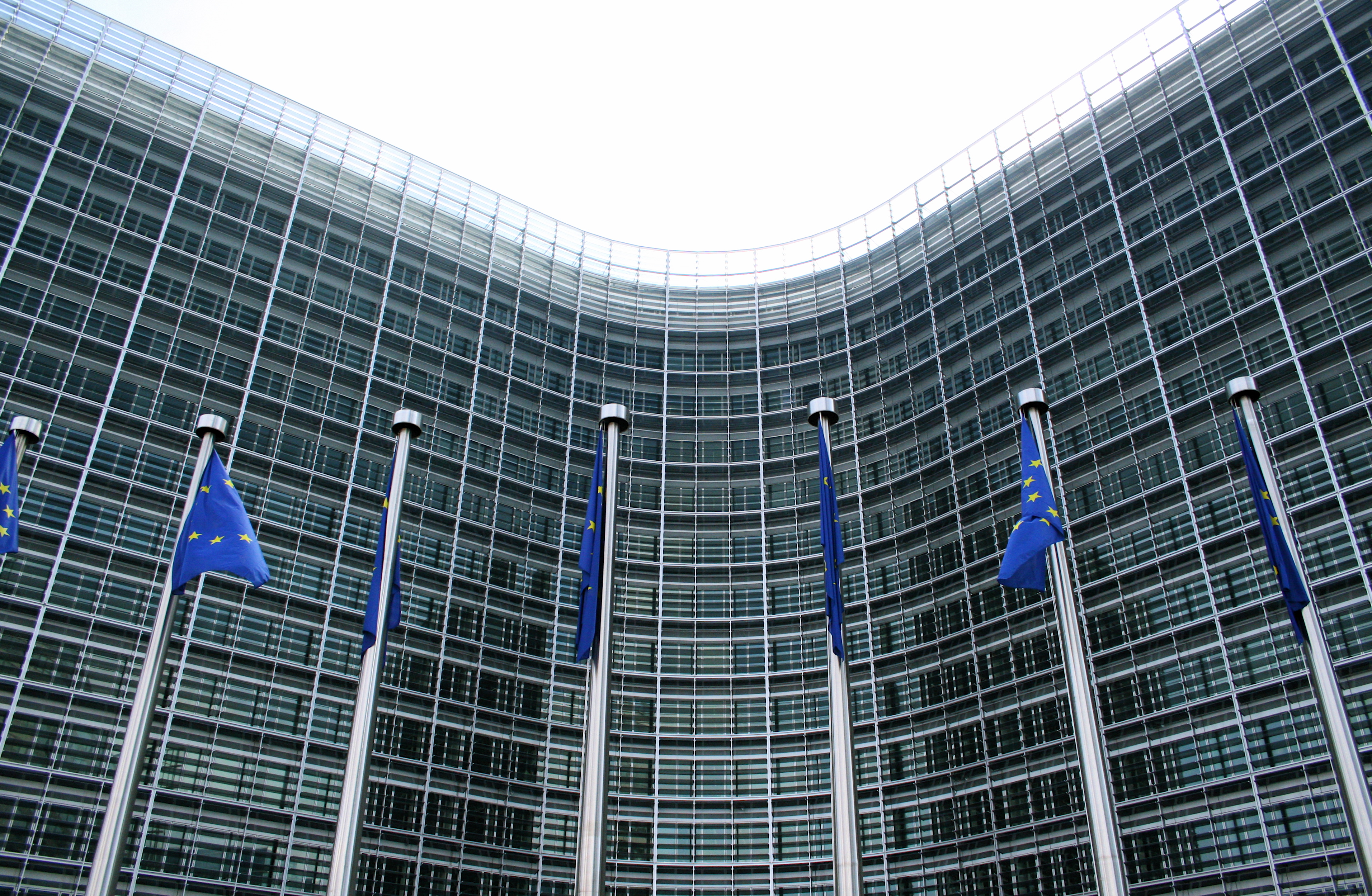Brussels, 28 May 2014
The EU 2014 Digital Scoreboard: how did you fare?
New data shows the Commission is on track to complete 95 of its 101 digital actions by 2015, which shows good progress. EU citizens and businesses are going online more, shopping more and they have greater confidence and skills in ICT. However, they often lack the high speed broadband – especially in rural areas – to satisfy this digital appetite; and the looming digital skills gap is still a big problem (see MEMO/14/383).
European Commission Vice-President @NeelieKroesEU said: “Most Europeans now live digital lives and they are hungry for more. We have solved the internet access problem. But the digital skills gap persists. Unless we all do more, we will face a digitally illiterate underclass in Europe.”
Check your own country results here!

The good news:
-
Regular Internet use up: the number of people who use the Internet at least once per week has increased from 60% to 72% since 2010. Most improved: Greece, Romania, Ireland, the Czech Republic and Croatia.
Best performers (over 90% using internet) Denmark, Sweden, Netherlands and Luxembourg 87% of US adults use the Internet.
-
Big progress among disadvantaged groups: usage by unemployed people, those with low education levels and older groups, is up to 57% from 41% four years ago. On current trends the target of 60% will be reached before 2015.
-
Non-users are down a third: 20% of people in the EU have never used the Internet (down a third since 4 years ago). If the current trends persist, the DAE target to get the number down to 15% by 2015 will be met.
-
Lots more of us shop online: 47% of EU citizens are now shopping online, up 10 points, meaning the target of 50% by 2015 is likely to be achieved.
-
Access secured: 100% of Europeans now have access to broadband, usually this includes several options (fibre, cable, ADSL or 3G/4G mobile access), but all Europeans have now have affordable access to satellite broadband as a minimum.
Fast broadband technologies: 4G mobile broadband availability increased sharply to 59%, up from 26% a year ago. Fixed lined internet of at least 30 Mbps is available to 62% of EU population, up from 54% a year ago and 29% in 2010. Fast broadband is already available to 90% of homes or more in Belgium, Denmark, Lithuania, Luxembourg, Malta, the Netherlands and UK.
The remaining challenges:
-
Small businesses are missing out: Only 14% of businesses with under 250i employees are selling online. Across the EU, not a single country comes close to achieving the EU average target of 33% by 2015.
-
Europe’s rural areas at risk: only 18% of rural households have access to high-speed broadband.
-
eGovernment services in 2013 stagnated. They ware used by only 42% of the EU population. Continuing at this rate will not see Member States achieve the target of 50% by 2015.
|
EU average |
||
|
Broadband |
2014 |
Target |
|
Basic broadband coverage for all |
100% |
100% (2013) |
|
Digital single market |
||
|
Population buying online |
47% |
50% (2015) |
|
Cross-border eCommerce |
12% |
20% (2015) |
|
SMEs selling online |
14% |
33% (2015) |
|
Digital inclusion |
||
|
Regular internet use |
72% |
75% (2015) |
|
Regular internet use by disadvantaged people |
57% |
60% (2015) |
|
Population never having used the internet |
20% |
15% (2015) |
|
Public services |
||
|
Citizens interacting online with public authorities |
42% |
50% (2015) |
|
Citizens returning filled-in forms to public authorities electronically by 2015 |
21% |
25% (2015) |
Today the Commission has also published the 11th edition of the eGovernment Benchmark. The report shows that citizens are still substantially more satisfied with online private services (such eBanking) than with online public services (such the information on employment). There are more eGovernment services online, however, they are not always easy to use, not speedy or transparent. These obstacles prevent people to use eGovernment more.
Background
The European Commission aims at creating a regulatory and business climate that will foster competition and investment in Europe’s digital technology markets.
In 2013 the Commission proposed concrete measures to create a Single Telecoms Market, in order to address many of the problems confirmed in today’s data.
The 2014 Digital Agenda Scoreboard assesses progress at EU and national level in achieving this goal, as measured against the 13 key performance indicators. The report is based on 2013 data.
The Commission has so far completed 72 of 101 actions under the Digital Agenda for Europe. 23 further actions are scheduled for completion by their deadline. 6 have been delayed or are at risk of being delayed.
Useful links
Scoreboard country profiles: look at broadband, Internet use, eGovernment, telecoms regulatory and research trends for each EU country
MEMO/14/383 Does digital technology create or kill jobs? Do Europeans have the digital skills needed to get a job and keep a job?
European Commission – IP/14/609 28/05/2014
Other available languages: FR DE DA ES NL IT SV PT FI EL CS ET HU LT LV MT PL SK SL BG RO HR








